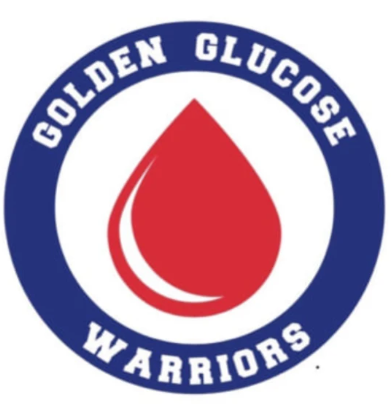Dental Health Care for Pets Starts at Home
Filed In: Education
The most common form of dental disease in pets, periodontal disease affects most pets over the age of three. Prevention and early detection are crucial, because periodontal disease can lead to more advanced health complications affecting vital organs, such as the liver, kidneys, and heart.
Regular pet dental exams
During your pet’s regular preventive health care exam, which should occur at least once per year, our team will thoroughly examine your pet’s mouth and check for broken, missing, or cracked teeth; tartar and plaque accumulation; gingivitis and gum recession; tumors; and signs of infection. Based on that exam, we may recommend a professional dental cleaning.
Professional pet dental cleanings
In order to thoroughly clean your pet’s teeth, including beneath the gum line (where the majority of tartar, plaque, and bacteria accumulate), and obtain dental X-rays, we will place her under anesthesia. The anesthesia also prevents your pet from feeling pain and discomfort during the procedure, so she can rest comfortably while we clean her teeth.
You can prolong the time between your pet’s professional dental cleanings by providing regular dental care at home.
Taking care of your pet’s oral health at home
Here are a few techniques and products to help you maintain your pet’s oral health:
- Tooth brushing — We highly encourage you to brush your pet’s teeth daily to help prevent plaque accumulation. If you are unable to brush your pet’s teeth daily, aim for a minimum of a few times per week. Start young, and start slowly, beginning by using your finger and letting your pet taste the pet-friendly toothpaste (meat-flavored toothpaste is often well tolerated by pets). Gradually move your finger deeper into her mouth and extend the time of your “brushing” sessions. When she’s comfortable with that, find a small, soft bristle toothbrush created specifically for dogs or cats, and brush the exterior surfaces of the teeth.
- Rinses — Oral rinses, typically containing chlorhexidine, are another useful tool. This antiseptic solution binds to the surfaces of the teeth, which can slow the accumulation of plaque. Oral rinses are squirted onto the insides of both cheeks and are transferred around the mouth by your pet’s tongue.
- Water additives — For pets who don’t tolerate tooth brushing, water additives can help to reduce plaque particles on the teeth.
- Chews — Soluble dental chews rub the surfaces of your dog’s teeth, which aids in scrubbing away plaque. Chews that contain chlorhexidine are also available, which adds a disinfectant property to the treat. A few facts about dental chews to be aware of:
- Be sure that the dental chew you select for your pet is the appropriate size to reduce the risk of choking.
- Dental chews contain calories, so limit the amount you give your pet to avoid weight gain.
- Avoid hard items, including cow hooves, antlers, pig ears, plastic bones, and sterilized bones. These items can cause your pet’s teeth to break, chip, or fracture.
- Wipes — Dental wipes are a perfect tool for dogs and cats who will allow you to brush their teeth with your finger but do not tolerate a toothbrush. These textured and medicated wipes simulate a brushing experience and are used over the outer surfaces of the teeth to remove plaque.
- Food — Dental foods for pets are larger than traditional kibble, and each piece of food simulates a brushing action as your pet chews. When the food is coated in a substance called polyphosphate, tartar is further reduced. Not all dental diets are created equal, so chat with our team before choosing one for your pet.
When searching for dental health products, ask our team for help, and always look for products approved by the Veterinary Oral Health Council (VOHC). For a list of VOHC-approved products and treats, visit vohc.org.
 GCF
GCF golden
golden goldengallop
goldengallop golden chamber
golden chamber Applewood business association
Applewood business association summer jam
summer jam Foothills Animal Shelter
Foothills Animal Shelter IRESQ
IRESQ Girl Scouts
Girl Scouts Jefferson Center for Mental Health
Jefferson Center for Mental Health Golden Glucose Warriors
Golden Glucose Warriors Golden Demon Baseball
Golden Demon Baseball